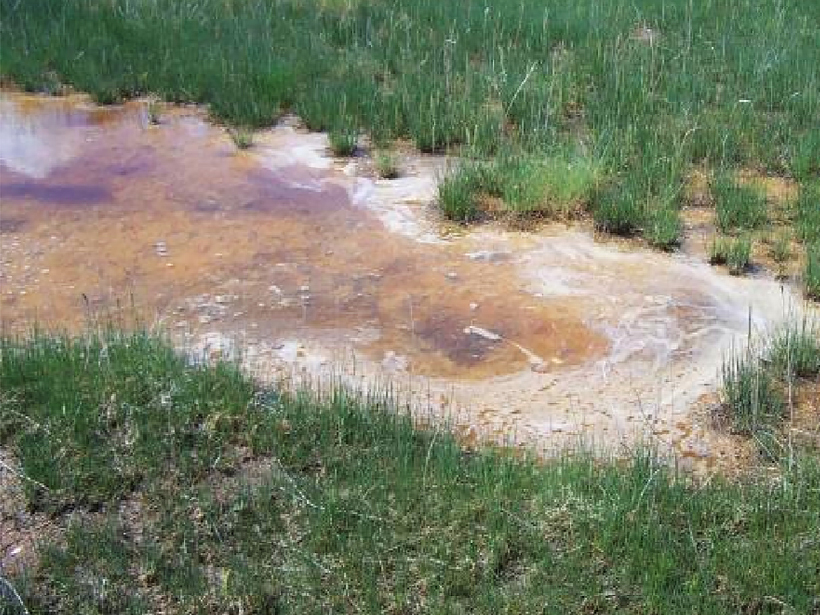Preliminary results from field measurements of smoldering Kalimantan peatlands suggest that the fires emitted 8% less carbon dioxide and 55% less methane than were previously estimated from lab tests.
peat
Posted inNews
Salty Secret Might Aid Carbon Impact of Restored Wetlands
Research on a surprising way rainfall affected the salinity of a boreal peatland might help restorers of such wetlands wrecked by tar sands mining maximize carbon absorption of reclaimed marshes.
Posted inResearch Spotlights
Drought Changes How Peat Bogs Cycle Mercury and Sulfur
Drought conditions dictate whether atmospherically deposited sulfate stays locked in a peatland or is mobilized to stimulate the bacterial methylation of mercury.



